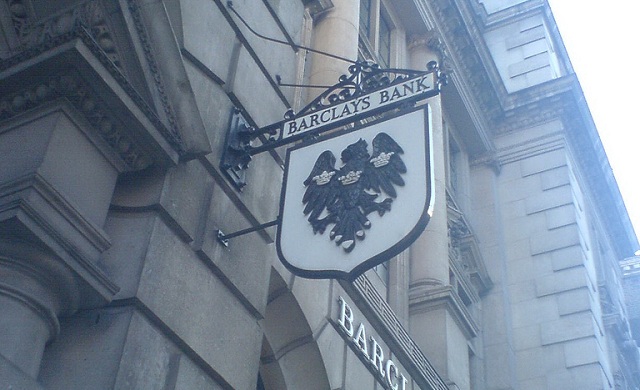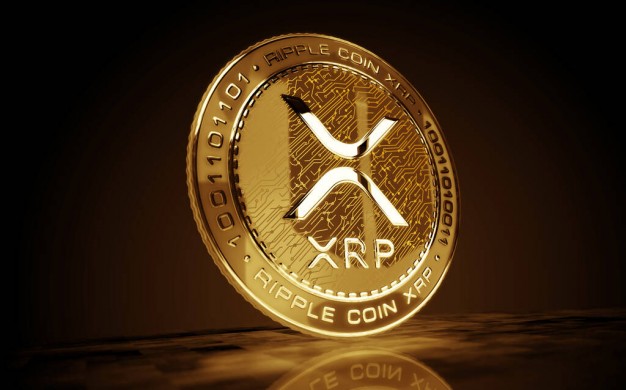The once-promising blockchain project Kadena is entering a new, uncertain era. The Kadena Foundation, the organization behind the network that sought to revolutionize proof-of-work scalability, has officially announced it will cease operations and dissolve entirely. The news, shared in a post on X (formerly Twitter), cited harsh market conditions and an inability to maintain sustainable development as the primary reasons for the decision.

The immediate impact was devastating. Kadena’s native token, KDA, plummeted by more than 55% within 24 hours, dropping below $0.09 and effectively erasing nearly five years of market growth. It’s a sharp fall for a project that once reached the lofty heights of over $25 per token and a $25 billion valuation during the crypto bull run of 2021.
A Network Left in the Hands of the Community
Although the Foundation will no longer oversee Kadena’s development, the blockchain itself isn’t shutting down. The team clarified that a small group would oversee a brief transition period and release a new node binary to maintain operational continuity. From there, the network’s survival will depend entirely on independent miners and community developers.
More than 566 million KDA tokens remain earmarked for mining rewards through the year 2139, while around 83.7 million tokens are still scheduled to unlock by 2029. This means that despite the loss of centralized leadership, Kadena still has built-in economic incentives that could sustain mining activity and potentially keep the network alive.

From JPMorgan Roots to a Struggling Blockchain
Founded in 2019 by Stuart Popejoy and Will Martino, both former blockchain engineers at JPMorgan, Kadena was introduced as a bold alternative to Ethereum. Its innovative “braided chain” design—multiple parallel proof-of-work chains running simultaneously—was intended to solve the scalability limitations of Bitcoin while maintaining the security of mining-based consensus. The blockchain also featured Pact, its own smart contract language, designed for transparency and safety in decentralized applications.
However, despite early investor confidence and growing interest in hybrid public-private chain models, Kadena gradually lost its competitive edge. As the crypto ecosystem evolved, attention shifted toward proof-of-stake, layer-2 scaling, and modular blockchain solutions—areas where Kadena’s proof-of-work foundation struggled to keep pace.
The Road Ahead
With the dissolution of its founding team, Kadena now faces an uncertain future. While the blockchain remains technically operational, its long-term survival hinges on whether its community and ecosystem developers can take up the mantle. Without a central team driving innovation, network upgrades, and adoption efforts, maintaining relevance in today’s fast-moving blockchain landscape will be an uphill battle.
Still, for believers in Kadena’s original vision—a secure, scalable proof-of-work network—the open-source nature of blockchain means the story isn’t necessarily over. If enough community members step forward, Kadena could evolve into a grassroots, community-driven experiment in decentralized persistence.
But one thing is certain: the project that once aspired to outshine Ethereum is now fighting just to stay alive.
Learn from market wizards: Books to take your trading to the next level

 Hot Features
Hot Features












